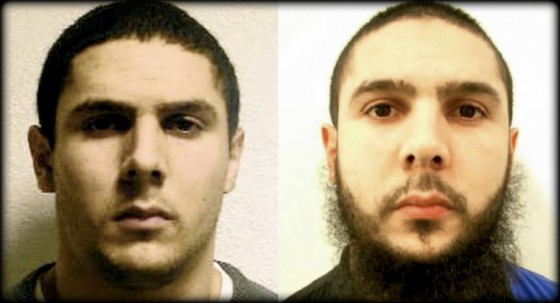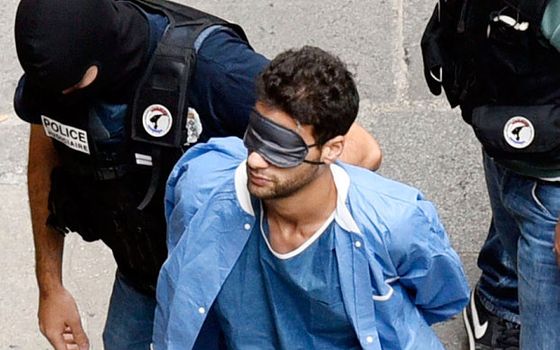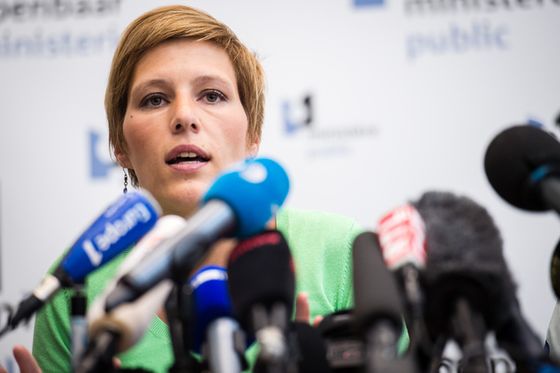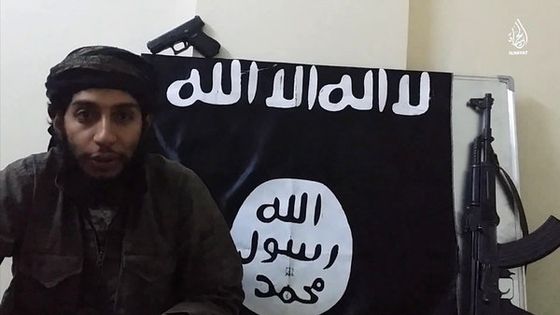
It was not until nearly two years later, on Page 278 of a 359-page sealed court filing, that investigators revealed an important detail: Mr. Boudina’s Facebook chats placed him in Syria in late 2013, at the scene of a major battle fought by a group calling itself the Islamic State in Iraq and Syria.
According to a brief by France’s domestic intelligence agency, he was the first European citizen known to have traveled to Syria, joined the Islamic State and returned with the aim of committing terrorism. Yet his ties to the group were buried in French paperwork and went unconnected to later cases.










